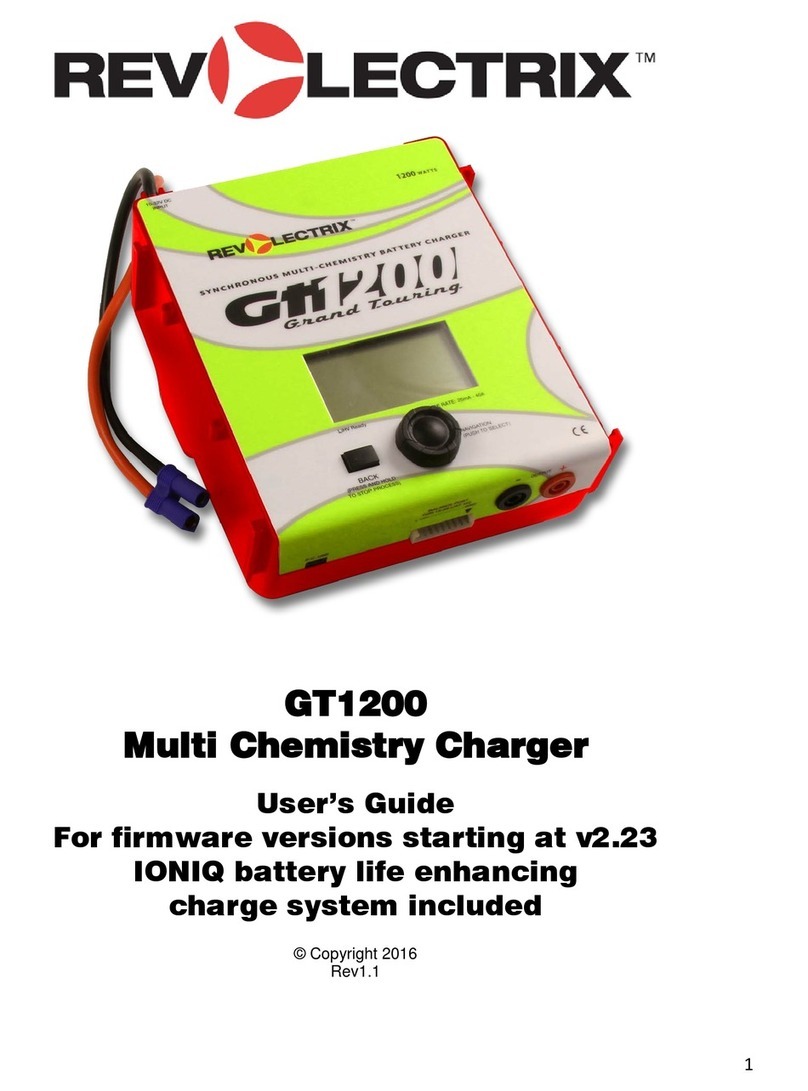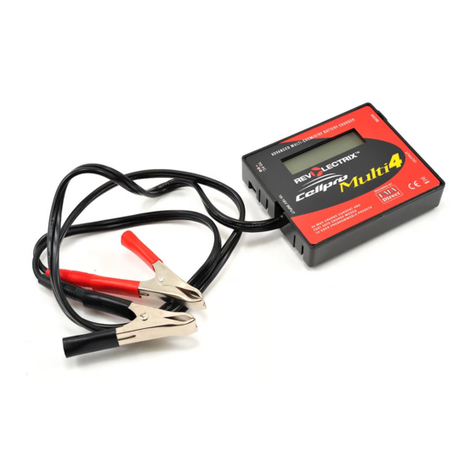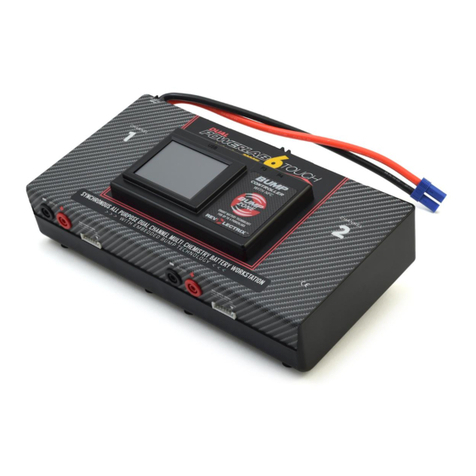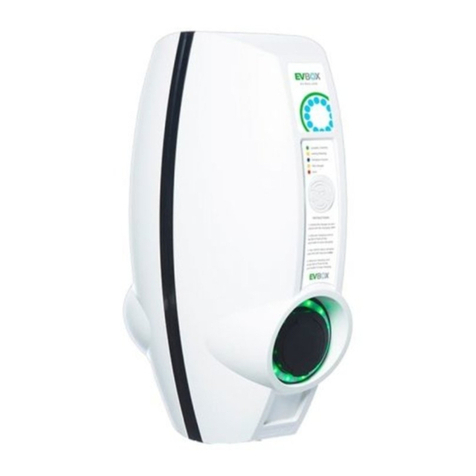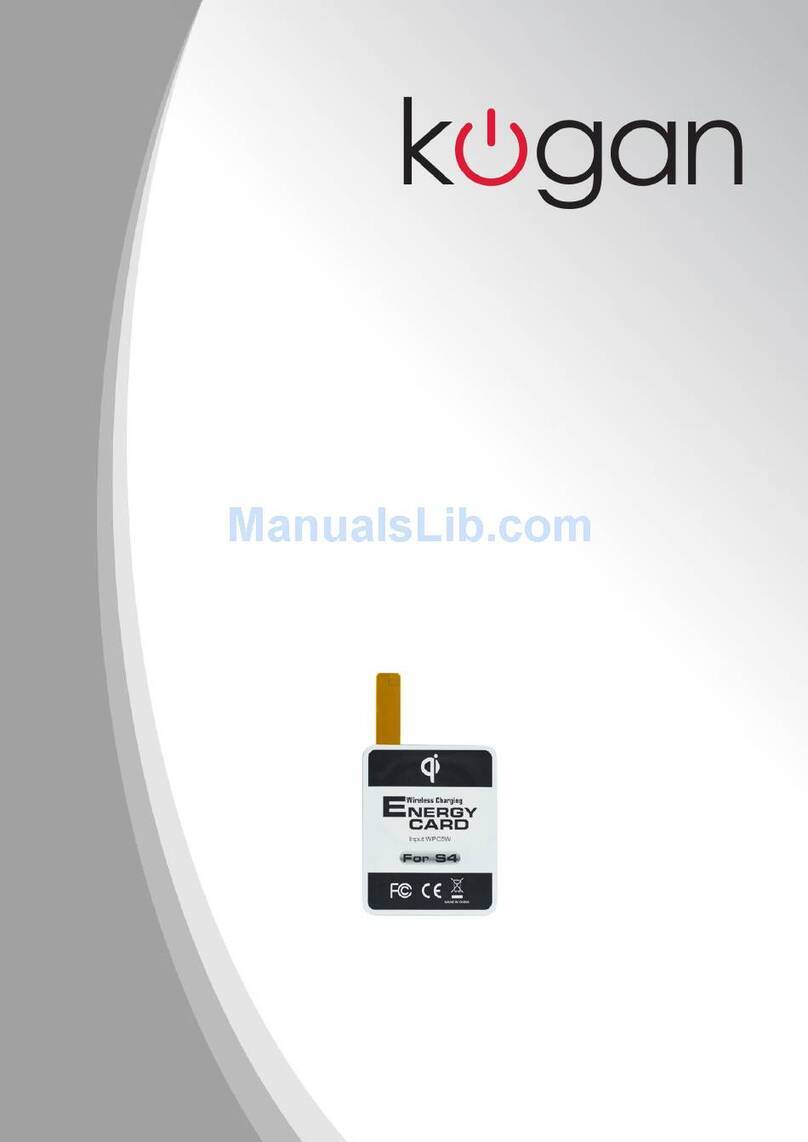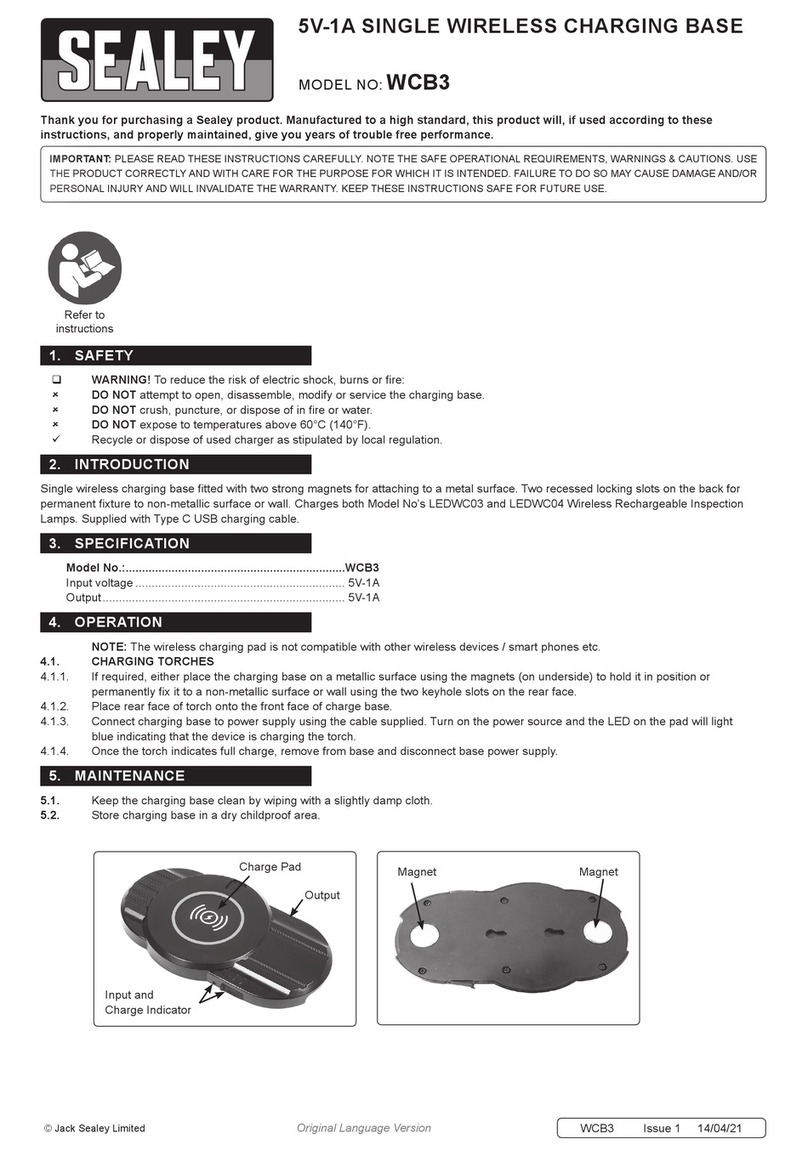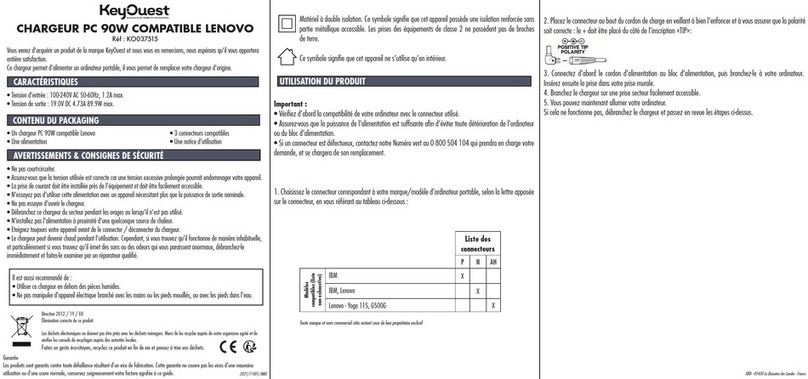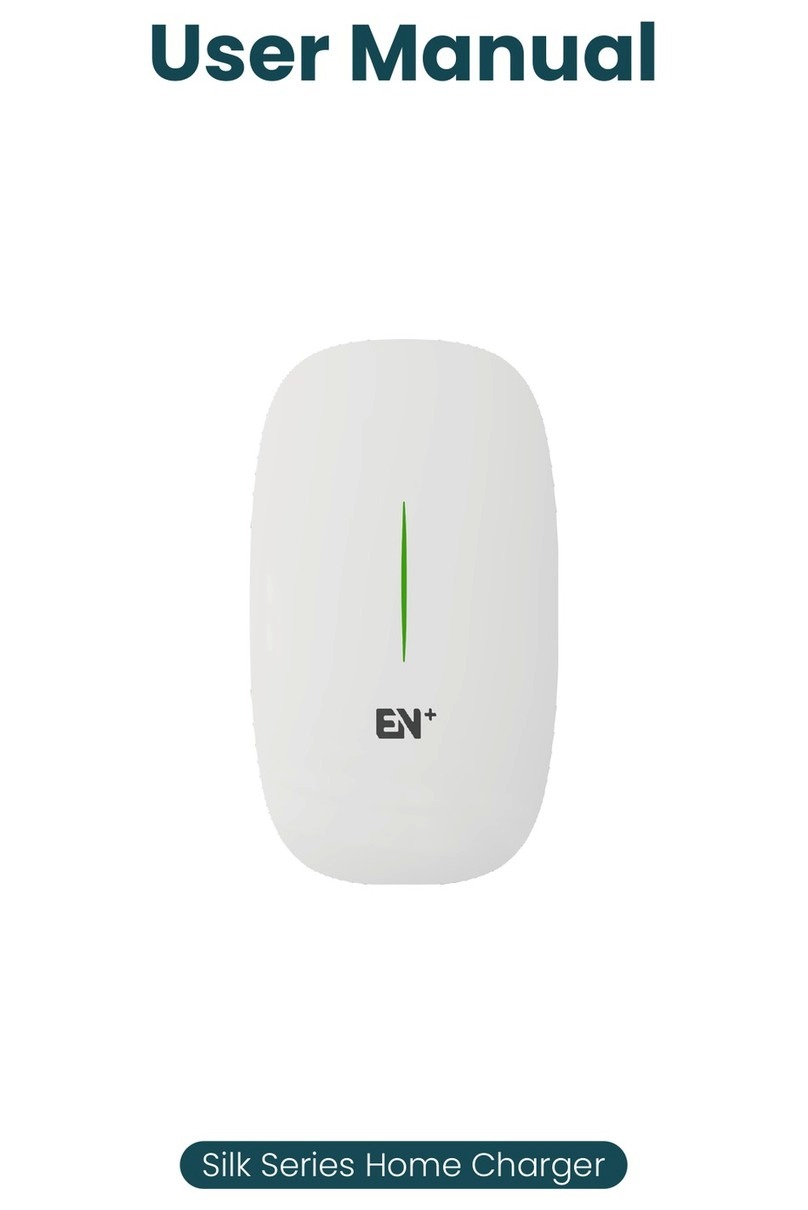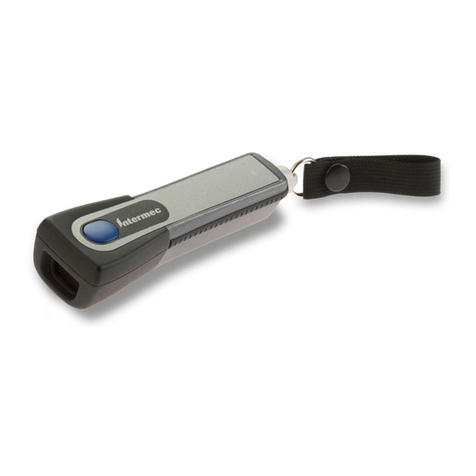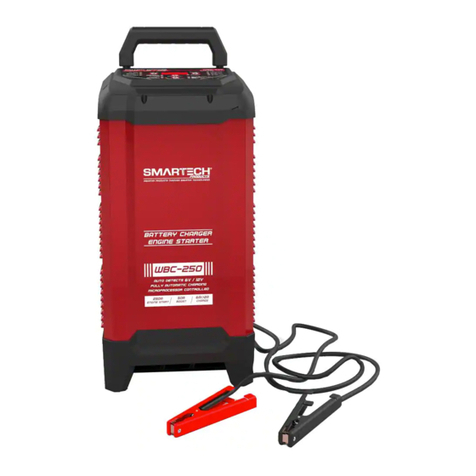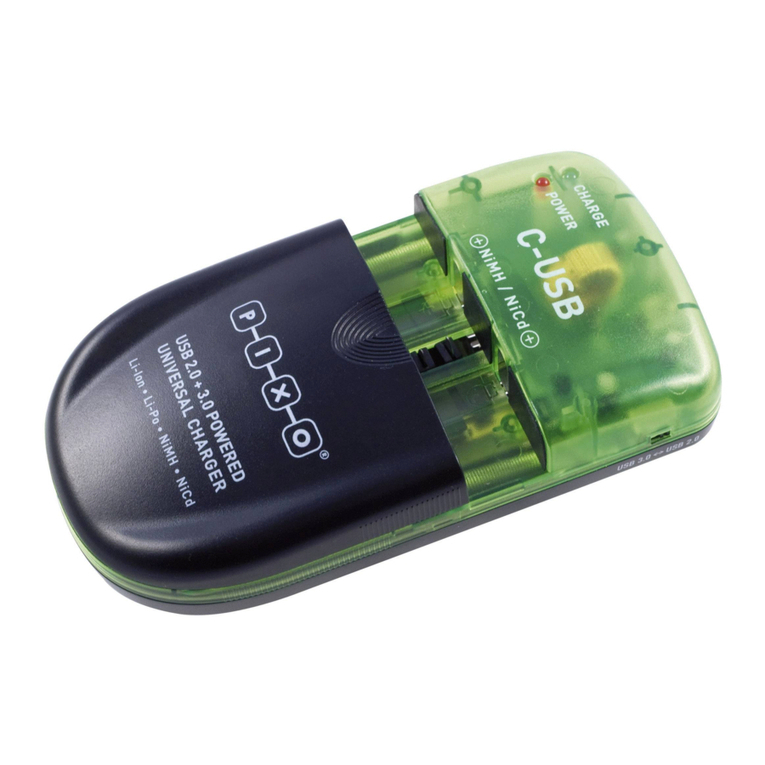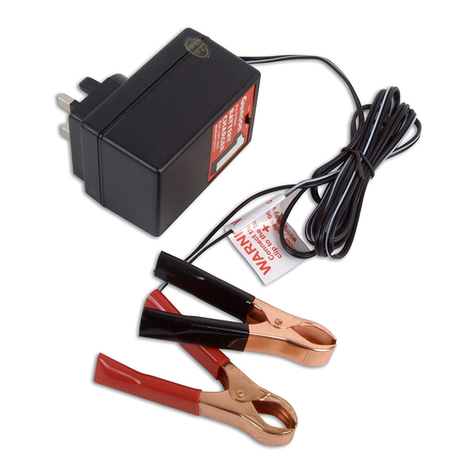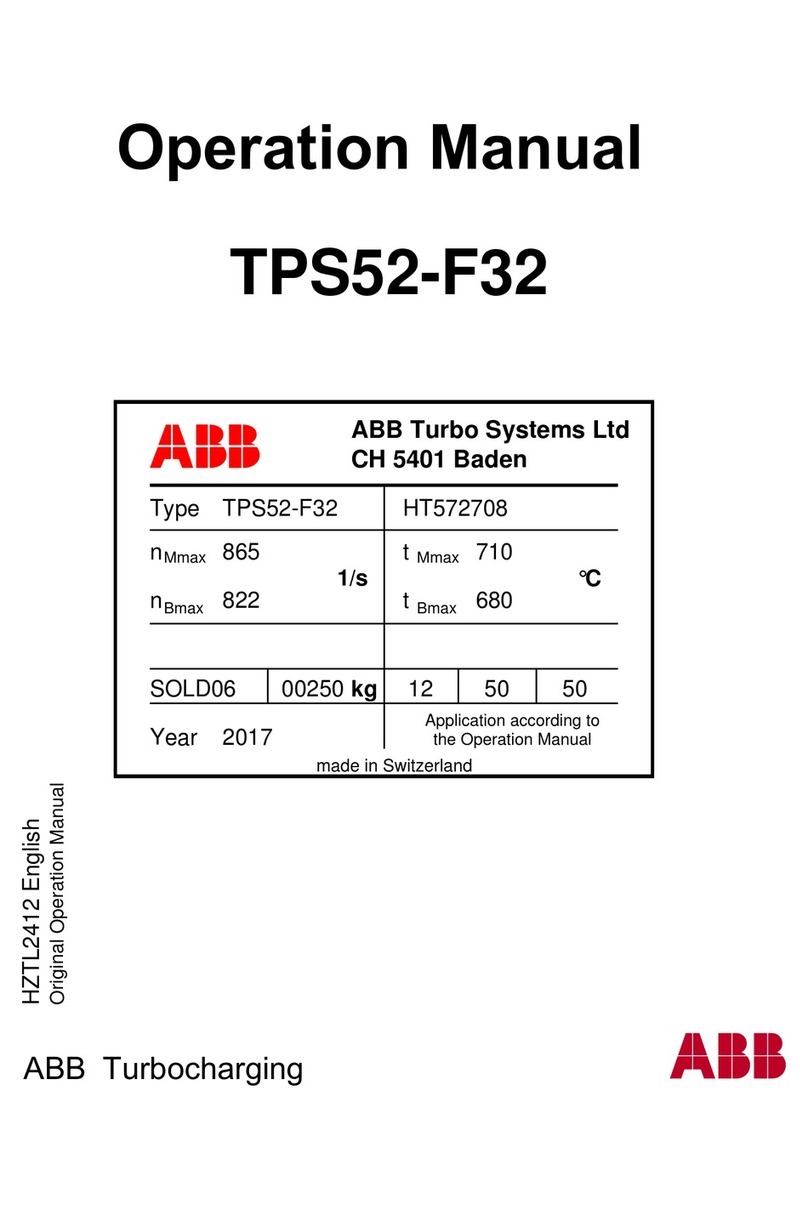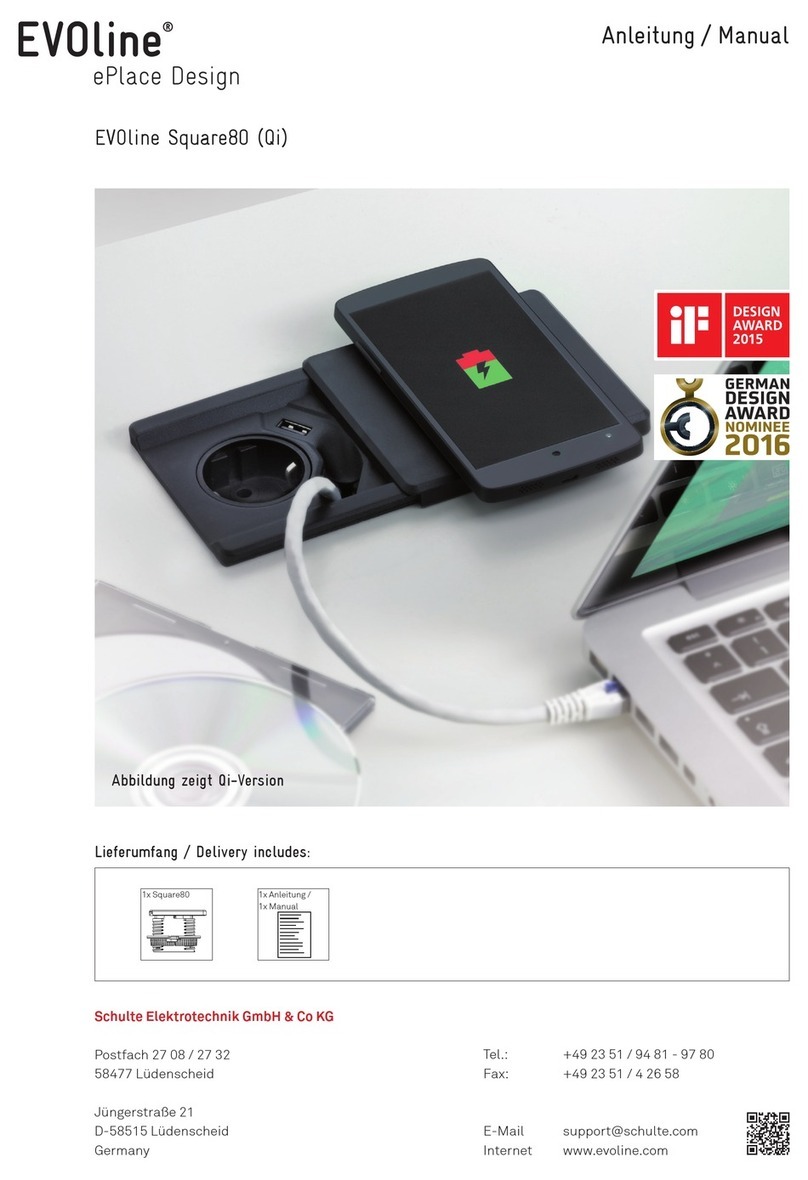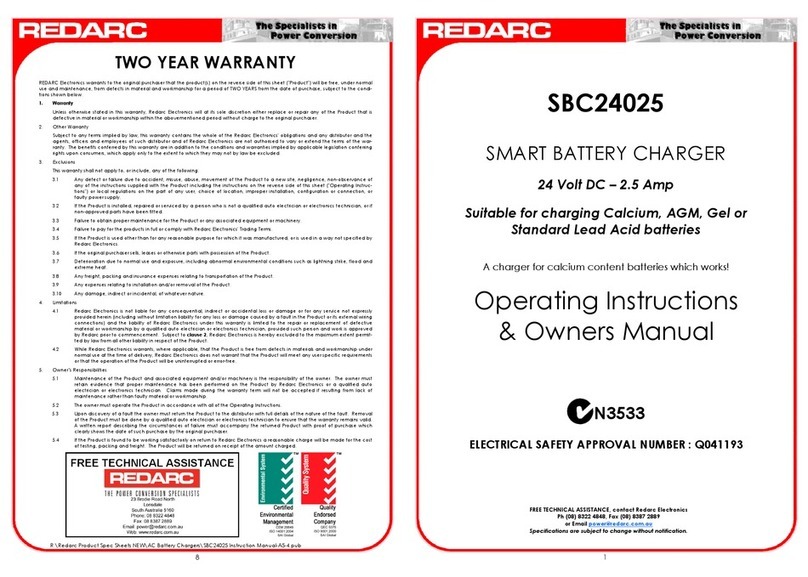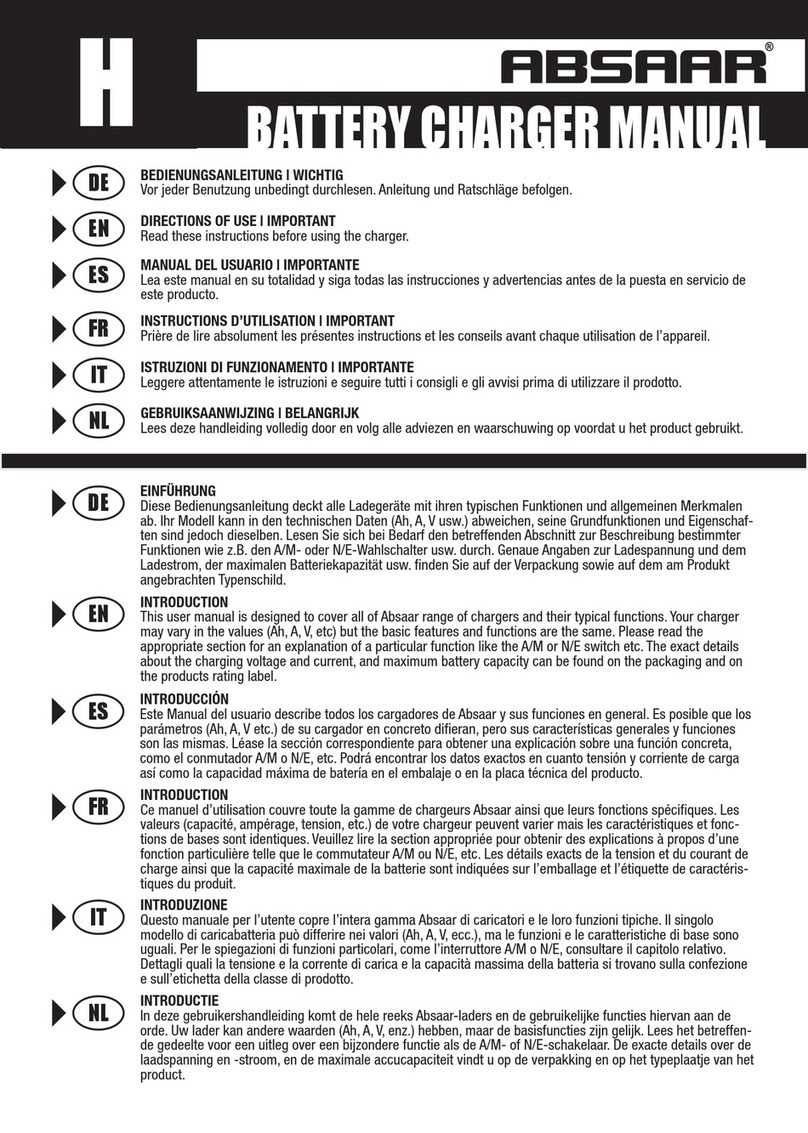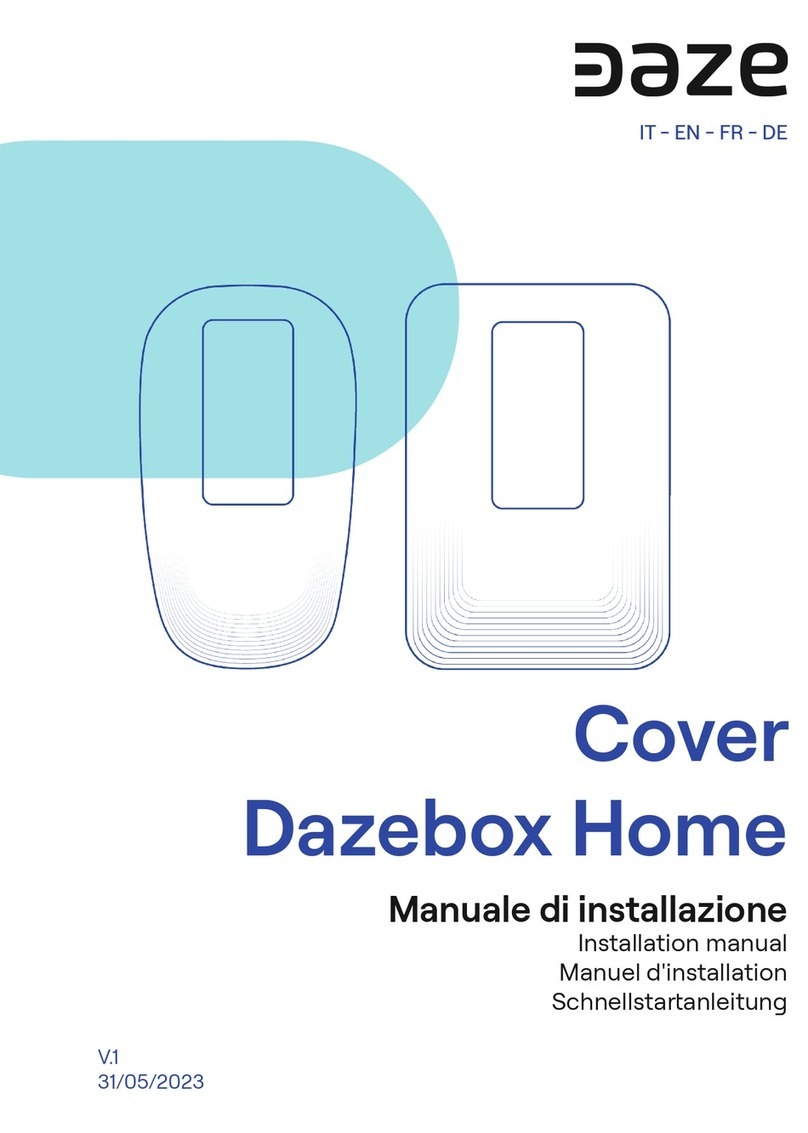
Contents
About GT500......................................................................................................................... 3
Specifications....................................................................................................................... 5
Precautions .......................................................................................................................... 6
Smart Power Management .................................................................................................. 7
Regenerative Discharge...................................................................................................... 8
Power supplies..................................................................................................................... 9
Firmware Update................................................................................................................ 10
Connecting Packs.............................................................................................................. 11
General info................................................................................................................................................... 11
Single Pack Balanced LiPo Charge/Discharge.......................................................................................... 12
Single Pack Unbalanced Charge/Discharge .............................................................................................. 12
Parallel Charge.............................................................................................................................................. 13
Example 1: Configuring Smart Power Management....................................................... 14
Example 2: Charging a LiPo pack .................................................................................... 16
Example 3: Saving and Loading a User Preset ............................................................... 19
Charging tips...................................................................................................................... 21
General information...................................................................................................................................... 21
Charging packs............................................................................................................................................. 21
Internal Resistance....................................................................................................................................... 22
Menu Options..................................................................................................................... 23
Basic Settings –Charge............................................................................................................................... 23
Basic Settings –Discharge.......................................................................................................................... 23
Basic Settings - Store................................................................................................................................... 23
Basic Settings - Cycle .................................................................................................................................. 23
Basic Settings - Monitor............................................................................................................................... 23
Advanced Settings –Cycle Settings........................................................................................................... 24
Advanced Settings –Charge Termination ................................................................................................. 24
Advanced Settings –Discharge Termination ............................................................................................ 24
Advanced Settings –Discharge Profile...................................................................................................... 24
Advanced Settings –Charge Balance ........................................................................................................ 24
Advanced Settings –Discharge Balance ................................................................................................... 24
Advanced Settings –Charge Timeout........................................................................................................ 25
Advanced Settings –Discharge Timeout................................................................................................... 25
Advanced Settings –Trickle Settings......................................................................................................... 25
Advanced Settings –Float Settings............................................................................................................ 25
Advanced Settings –Unbalanced Charge.................................................................................................. 25
Advanced Settings –Unbalanced Discharge............................................................................................. 25
Settings - Supply Settings ........................................................................................................................... 25
Settings - Audio Settings ............................................................................................................................. 26
Settings - Visual Settings............................................................................................................................. 26
Settings - Reset Settings.............................................................................................................................. 27
Troubleshooting................................................................................................................. 28
Support options ................................................................................................................. 30
REVOLECTRIX limited warranty....................................................................................... 31
Limits and Exclusions.................................................................................................................................. 31

